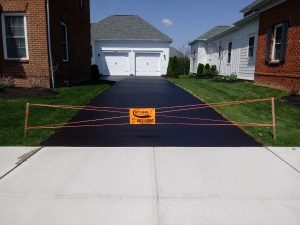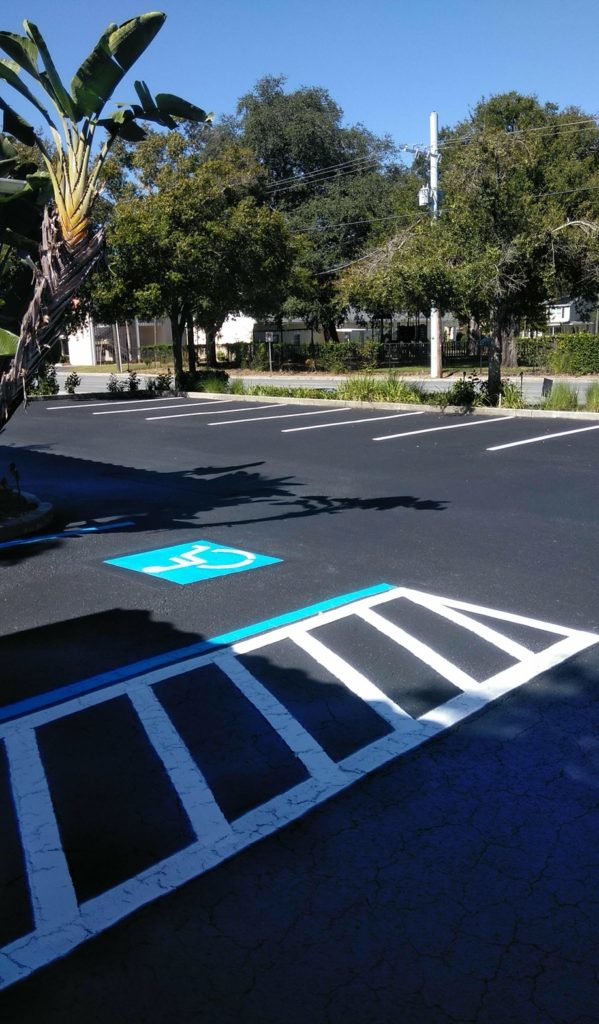Extend Sidewalk Lifespan: Ingenious Cold Mix Asphalt Sealing
Extend Sidewalk Lifespan: Ingenious Cold Mix Asphalt Sealing
Blog Article
Cold Mix Asphalt Vs. Hot Mix Asphalt: Which Is Right for You?

Composition Distinctions
Cold mix and hot mix asphalts differ significantly in their make-up, with distinctive qualities that impact their efficiency and applications. Cold mix asphalt is created by emulsifying the asphalt binder with water and an emulsifying agent prior to blending it with accumulation. This approach enables for the asphalt to be workable at lower temperature levels, making it excellent for momentary repair services and for use in chillier weather problems. Warm mix asphalt, on the various other hand, is manufactured at high temperature levels, normally between 300-350 ° F, which helps to attain much better compaction and an extra long lasting end product. The warm mix asphalt manufacturing procedure entails warming the accumulation and asphalt binder independently before combining them at the asphalt plant.
In addition, cold mix asphalt often tends to be much less dense and extra adaptable than hot mix asphalt. This flexibility makes it far better matched for areas with higher levels of activity, such as driveways or roadways with heavy website traffic. On the other hand, hot mix asphalt is known for its high longevity and resistance to rutting and fracturing, making it a favored selection for highways and high-traffic roadways where long life is crucial.
Installment Process Variations
The process of mounting chilly mix and warm mix asphalt displays noteworthy differences in their treatments and needs. Cold mix asphalt, being a more adaptable material, can be used directly from the bag or container onto the crater or damaged location. It needs very little preparation work, such as cleaning up the area and compacting the cool blend with hand devices. This makes it a practical alternative for quick and momentary solutions. In comparison, hot mix asphalt requires a more elaborate setup procedure. It involves warming the mixture to heats prior to laying it down on a properly prepared base. The prep work consists of compacting the base, using a tack coat, and utilizing hefty machinery like pavers and compactors for a durable and smooth surface. Due to the home heating demands, warm mix asphalt installations are commonly executed by professionals with specialized equipment, making certain a more structurally audio and permanent outcome.
Toughness and Durability Factors
When considering asphalt options, toughness and longevity are important factors to assess for long lasting sidewalk performance. Warm mix asphalt (HMA) is known for its exceptional sturdiness and durability. The high temperature levels throughout the laying and mixing procedure permit for better compaction, resulting in a denser and stronger pavement framework. This brings about HMA being much more immune to heavy web traffic lots, harsh weather conditions, and the impacts old contrasted to chilly mix asphalt (CMA)
In regards to longevity, HMA typically surpasses CMA due to its remarkable stamina and resistance homes. HMA pavements have a longer solution life, requiring much less frequent fixings and maintenance, which can equate to cost savings in the long run. In addition, HMA pavements are extra easily adjustable to fulfill details job needs, further enhancing their resilience.
Expense Considerations
Considering the economic effects is a crucial element when evaluating the choice in between hot mix asphalt (HMA) and cold mix asphalt (CMA) for pavement projects. While the initial price of hot mix asphalt is usually greater than that of cool mix asphalt, HMA frequently offers a more cost-effective solution in the long run due to its premium durability and durability.
Along with material prices, it's important to consider the expenses related to installment and maintenance when comparing HMA and CMA. HMA normally needs customized devices and skilled labor for correct installment, which can affect overall task costs. Alternatively, CMA is less complicated to work with and can typically be used using less complex strategies, possibly reducing setup expenditures. Eventually, the decision between HMA and CMA need to take into consideration not just the first expense however also the long-term monetary implications to determine one of the most cost-efficient choice for the certain sidewalk project.
Environmental Impact Comparison
Contrast of the ecological influences in between warm mix asphalt (HMA) and chilly mix asphalt (CMA) exposes distinctive differences in sustainability practices. HMA manufacturing needs high temperatures, leading to increased energy consumption and greenhouse gas exhausts.
Furthermore, using CMA frequently involves reusing existing asphalt sidewalk, promoting source conservation and reducing the amount of waste sent to garbage dumps. This reusing element additionally enhances the sustainability of CMA contrasted to HMA. Overall, when taking into consideration the ecological original site influence, CMA arises as an extra eco sustainable option due to its lower energy needs, decreased emissions, and the capacity for recycling existing products. By going with CMA over HMA, road building projects can add favorably to ecological preservation initiatives.
Conclusion
To conclude, the selection between cold mix asphalt (CMA) and warm mix asphalt (HMA) relies on different elements such as structure, installment process, toughness, longevity, cost, click to investigate and environmental impact. asphalt patch repair. While CMA supplies a affordable and fast option for minor repair work, HMA makes sure premium longevity and longevity for rush hour locations. Take into consideration these elements thoroughly to establish which sort of asphalt is the ideal option for your paving needs

Taking into consideration the financial ramifications is a crucial facet when assessing the option in between warm mix asphalt (HMA) and cool mix asphalt (CMA) for sidewalk projects. While the first price of warm mix asphalt is typically higher than that of cool mix asphalt, HMA typically offers an extra economical remedy in the long run due to its superior longevity and long life. asphalt repair.Contrast of the environmental recommended you read influences in between warm mix asphalt (HMA) and chilly mix asphalt (CMA) reveals distinct distinctions in sustainability methods.In verdict, the choice in between chilly mix asphalt (CMA) and hot mix asphalt (HMA) depends on numerous elements such as composition, installment process, resilience, durability, expense, and environmental impact
Report this page